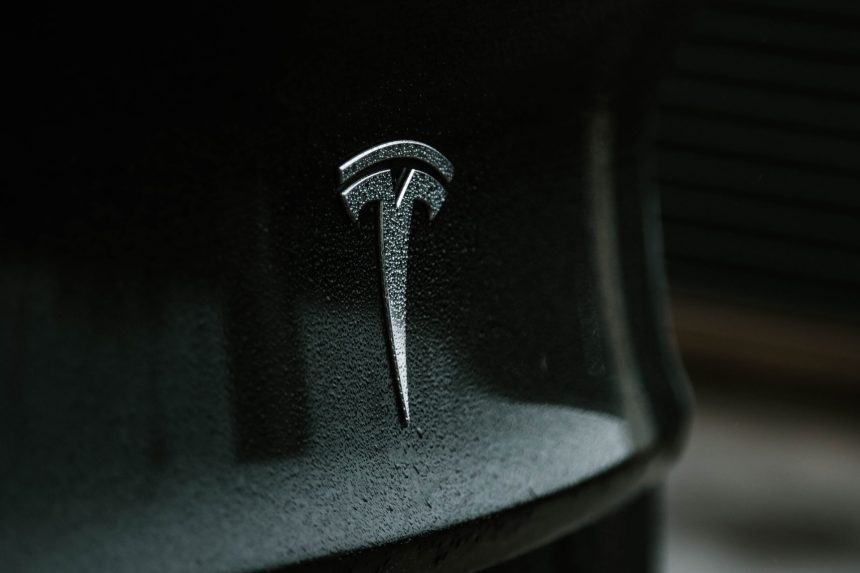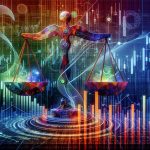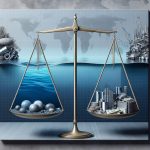The first trial in the United States alleges that Tesla’s Autopilot driver assistant feature caused a fatal accident, and the company is the leading electric vehicle manufacturer. There will be widespread repercussions from this trial, which is taking place in a California state court. The trial’s results will have significant implications for autonomous driving technology’s future and will prompt discussions about automakers’ accountability for their products’ security.
The Disastrous Occurrence
Case revolves around a collision involving defendant Micah Lee’s Tesla Model 3 in 2019. The vehicle apparently veered off the highway, crashed into a palm tree, and caught fire while using the Autopilot feature. Lee was killed instantly, and his two passengers, including a young boy, were seriously injured. The passengers and Lee’s family have filed a lawsuit against Tesla, claiming that the company sold them a vehicle despite knowing about the problems with the Autopilot system.
Claims and Refutations
Attorney Jonathan Michaels for the plaintiffs claims that Tesla should not have sold what he calls “experimental vehicles” to the public. He asserts that the Autopilot system was still in development when Lee bought it and thus not yet available to the public. Tesla, on the other hand, claims that Lee was drunk and therefore not responsible for the collision. The company is also investigating whether Autopilot was activated before the crash.
Issues with Autopilot Technology and Human Safety
Tesla’s Autopilot and its more advanced Full Self-Driving (FSD) system have been the subject of much attention, both positive and negative. The company’s future success depends heavily on autonomous driving technology, according to CEO Elon Musk. But authorities and lawyers have voiced worries about the security and dependability of these systems. To what extent Tesla’s Autopilot technology contributed to the fatal crash can be investigated during the trial.
Precedent in the Law
Accidents involving Tesla’s Autopilot feature have been the subject of previous legal challenges. In a landmark case tried in Los Angeles, the company successfully argued that drivers, despite the product’s name, were responsible for keeping an eye on the technology. Instead of Autopilot, the jury blamed driver distraction for the crash. However, the stakes are higher in the current trial because of the death toll; this could mean a new set of rules and precedents in the law.
What This Trial Means
For the automotive industry as a whole and for the progress of autonomous driving technology, the trial is crucial. It calls into question the role that automakers should play in ensuring the security of their products. This trial has the potential to affect the future of the industry by influencing the development of regulations and standards for autonomous driving technology. This incident highlights the difficulties and dangers that come with the rapid development of autonomous driving technology.
Evidence and Public Statements
Prior to trial, Tesla and the attorneys for the crash victims exchanged arguments and evidence that would be allowed to be presented. Tesla was able to successfully omit some of CEO Elon Musk’s public statements concerning Autopilot, which could have influenced public opinion. However, lawyers for the crash victims could argue that Lee’s BAC was below the limit, which would weaken Tesla’s case. In order to determine what went wrong, the trial will look at the evidence from both sides in great detail.
How Long the Trial Will Last
The trial is expected to last several weeks due to the importance and complexity of the case. Both sides will present their arguments and evidence in Riverside County Superior Court. The jury will deliberate and deliberate before reaching a verdict. The trial’s outcome will have far-reaching effects on Tesla and autonomous vehicle development.
See first news: Reuters
FAQ
1. What is the Tesla Autopilot trial in the United States about?
The trial revolves around a fatal accident in 2019 involving a Tesla Model 3 using the Autopilot feature. The lawsuit claims that Tesla sold the vehicle with an experimental Autopilot system that was still in development.
2. What are the claims and refutations in the trial?
The plaintiffs claim that Tesla sold them an experimental vehicle with a developing Autopilot system. Tesla refutes these claims, asserting that the driver was intoxicated and may not have been responsible for the collision.
3. What concerns have arisen regarding Tesla’s Autopilot and Full Self-Driving (FSD) systems?
There are concerns about the safety and reliability of Tesla’s Autopilot and FSD systems. Tesla’s future success is closely tied to autonomous driving technology, but authorities and lawyers have raised questions about its security.
4. Has there been a legal precedent involving Tesla’s Autopilot technology?
Yes, in a previous case in Los Angeles, Tesla successfully argued that drivers were responsible for monitoring the technology. However, the current trial has higher stakes due to the fatal accident, potentially leading to new legal precedents.
5. What does this trial mean for the automotive industry and autonomous driving technology?
The trial has significant implications for the industry, as it questions the role automakers should play in ensuring product security. It could impact the development of regulations and standards for autonomous driving technology and highlights the challenges of its rapid advancement.
6. What evidence and public statements are relevant to the trial?
Tesla and the attorneys exchanged arguments and evidence, including public statements by CEO Elon Musk regarding Autopilot. The trial will examine this evidence, as well as factors like the driver’s blood alcohol content (BAC).
7. How long is the trial expected to last?
The trial is expected to last several weeks due to its complexity and importance. Both sides will present their arguments and evidence, and the jury will deliberate before reaching a verdict that could have far-reaching effects on Tesla and autonomous vehicle development.
Featured Image Credit: Austin Ramsey; Unsplash – Thank you!







